It's safe to assume businesses have one common goal—they want a website that encourages visitors to take the next step: pay for their products or services. However, if you think a visually appealing website is all you need to entice visitors to stay, purchase what you have to offer, and become your loyal customer, you'd be in for a surprise.
While a visually appealing website with custom web design can help create a favorable first impression, there is more to a great web design than meets the eye. Interestingly, how your site looks can already give visitors enough idea if they want to interact with your brand or not. In fact, it only takes 50 milliseconds for you to make a good first impression.
Below are some of the notable ways your web design can impact your sales online:
Stunning Visual Design
Let us examine a few interesting statistics:
- A staggering 94% of first impressions are design-related
- At least 75% of users judge a brand's credibility based on its website design
- At least 88% of website visitors are unlikely to return after a bad user experience
Considering the statistics above, it's easy to see how important creating a first impression is. If your goal is to create a website that stands out visually, below are some things you need to keep in mind:
Identify the Key Elements
It will only take 2.6 seconds for the visitors' eyes to land on the sites that impact the first impression the most. The website sections that drew the most interest from visitors include:
1. The logo
2. Main navigation menu
3. The search box
4. Main page
5. Written content
6. Bottom of the website
Key Takeaway: Since a good impression leads to longer visits, ensure all the elements listed above stand out and look great.
Ensure You Have a Good Interface Design
Poor interface design is associated explicitly with website mistrust and rapid rejection. When visitors don't like some aspects of a website, most visitors won't bother exploring other parts of the website beyond the homepage.
Some data also indicated that most visitors pay more attention to the website's superficial aspects than its content. Case in point: nearly half of consumers in a study based their assessment of a website on its overall visual design, including typography, layout, color schemes, and font size.
Key Takeaway: A great design can get visitors to trust your brand and stick around. Understandably, the opposite can create mistrust and can cause visitors to leave.
Playing By the Rules
Another primary starting point when it comes to web design is following web standards. Below are some critical design considerations that can have an impact on your sales:
Navigation
As a general rule of thumb, your navigation should follow a user-targeted and instinctive route. Otherwise, you can lose visitors as soon as they feel disoriented or frustrated. It would be ideal to have a marker so they can quickly determine where they are.
In addition, most visitors can make a snap decision to stay or leave based on a quick glance at the page where they landed. The navigation bar can help them find their way and point them to what they are looking for. Make sure you guide them accordingly.
Content
High-quality content can set your website apart from the masses and deliver the right message to your target audience. More importantly, great content can also convince your visitors to patronize what you have to offer.
Creating content should start with proper market research. Begin by identifying your high-value customers (HVC) and determine the personas you are targeting. You need to also figure out how you will target them.
Slogans and taglines that are customer-centric can also help capture the attention of prospective customers. You need to also create a tagline with a compelling call-to-action and clear value proposition.
It is recommended that you also create relevant, high-quality, and keyword-rich content that delivers your message with conviction and power. Ideally, your content should target the right people, engage them, and convince them to take action.
Fonts
Google has provided a list of web-suitable fonts, and with good reason—some fonts don't work for the web. For straightforward reading, fonts have to be the right size and color. Other important tips to remember when it comes to fonts include:
- White on black can make things difficult to read
- Flashing text can be an interruption
- Line height can make a difference if you want to ensure the fonts are clear
- If you want a traditional feel, Serif font is your best option
- If you want a modern font, Sans serif is the right option for you
Creating a Fast-Loading Website
There's no denying page loading time is an integral part of the user experience. Unfortunately, it tends to get overlooked in favor of better aesthetics or functionality. However, most visitors give more importance to speed rather than the bells and whistles you want to add to your site.
Over time, page loading time has become a key factor when it comes to search engine rankings. Let's take a look at some interesting statistics:
- It takes a mere 10 seconds to leave an impression on users and tell them what your brand is about and what you are selling
- At least 40% of users leave a website if your site takes 3 seconds to load (or more)
- A 2-second delay in a transaction will cause 87% of visitors to abandon the page
- Lost sales from shopping cart abandonment due to slow loading time: $3 billion
Looking at the statistics, it's easy to see that ensuring your website loads fast should be a top priority. Below are some of the ways you can achieve said objective:
Reduce your page size
Overstuffed content will take a long time to load. By reducing the page size, you will boost speed and lessen the network bandwidth charged by your hosting provider.
It is also essential to know that images can contribute to 80% of the total page download size. That said, they must be optimized as well. Some of the best practices that can help reduce image size include:
- Not utilizing PNG images
- Not overusing PNGs for transparency
- Setting the JPEG image quality correctly
- Stripping out unnecessary metadata from the images
Final Thoughts
There's no denying web design can impact online sales significantly. If you already have a robust search engine optimization (SEO) strategy in place, a few design tweaks here and there should help take your online sales and conversions to the next level.


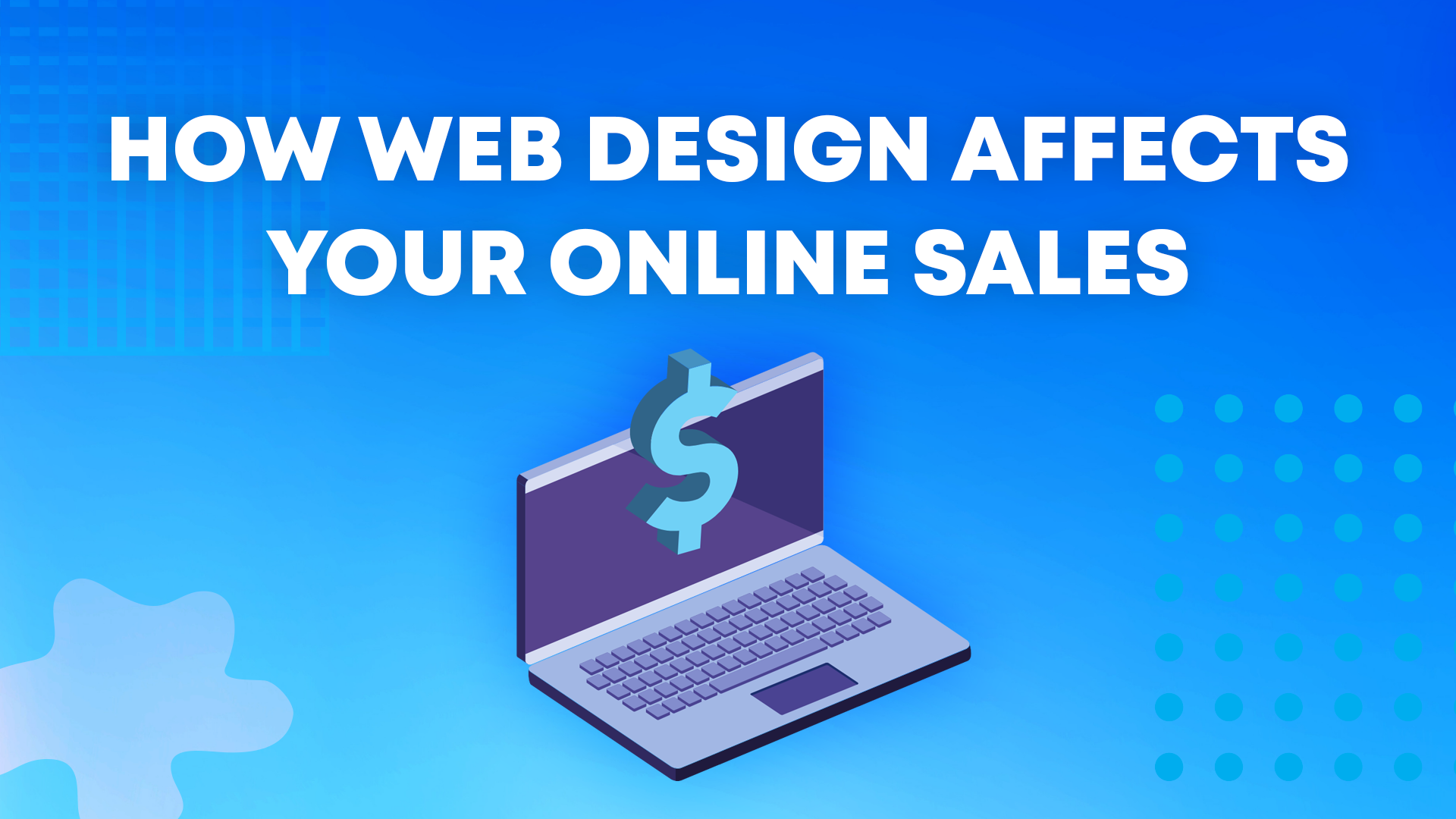
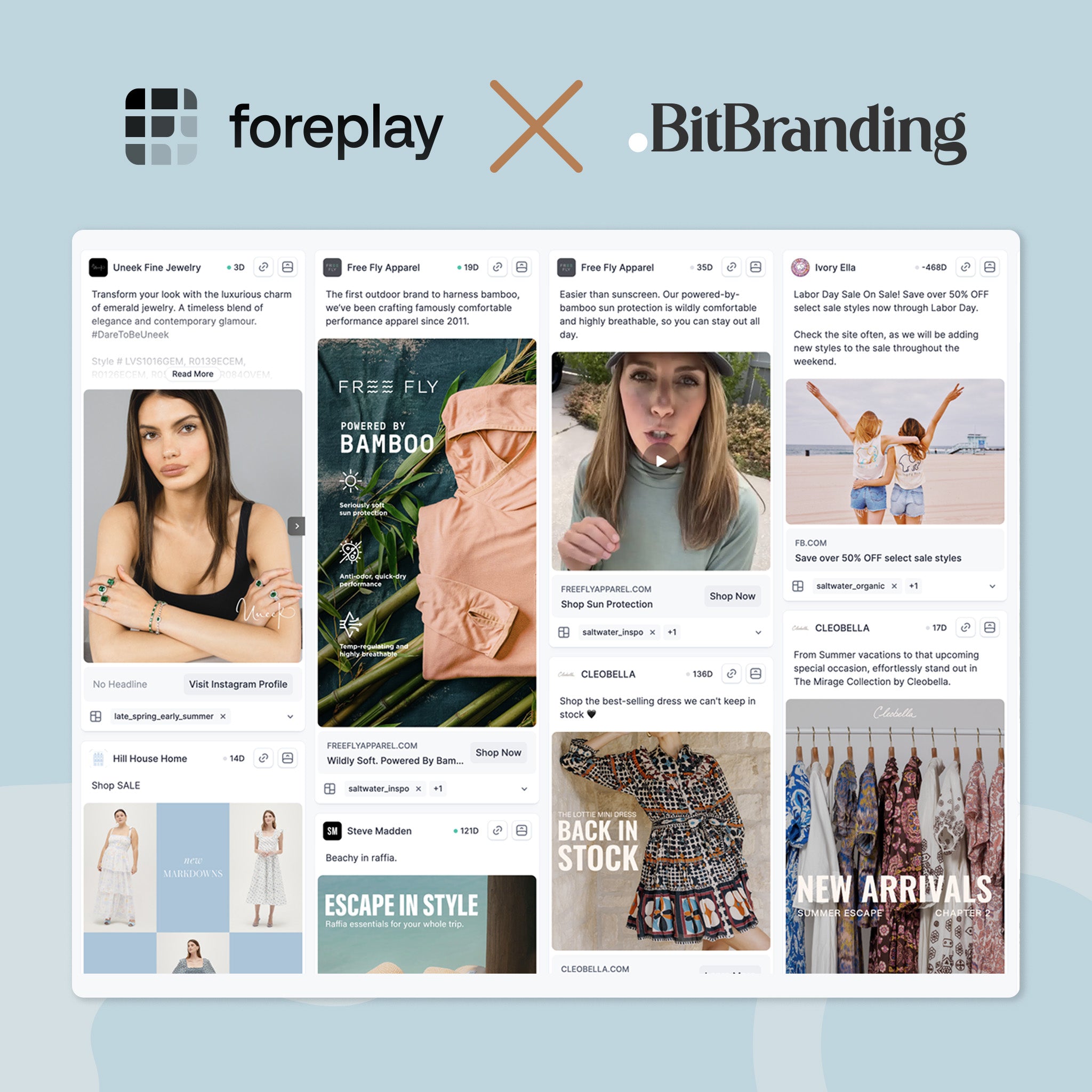
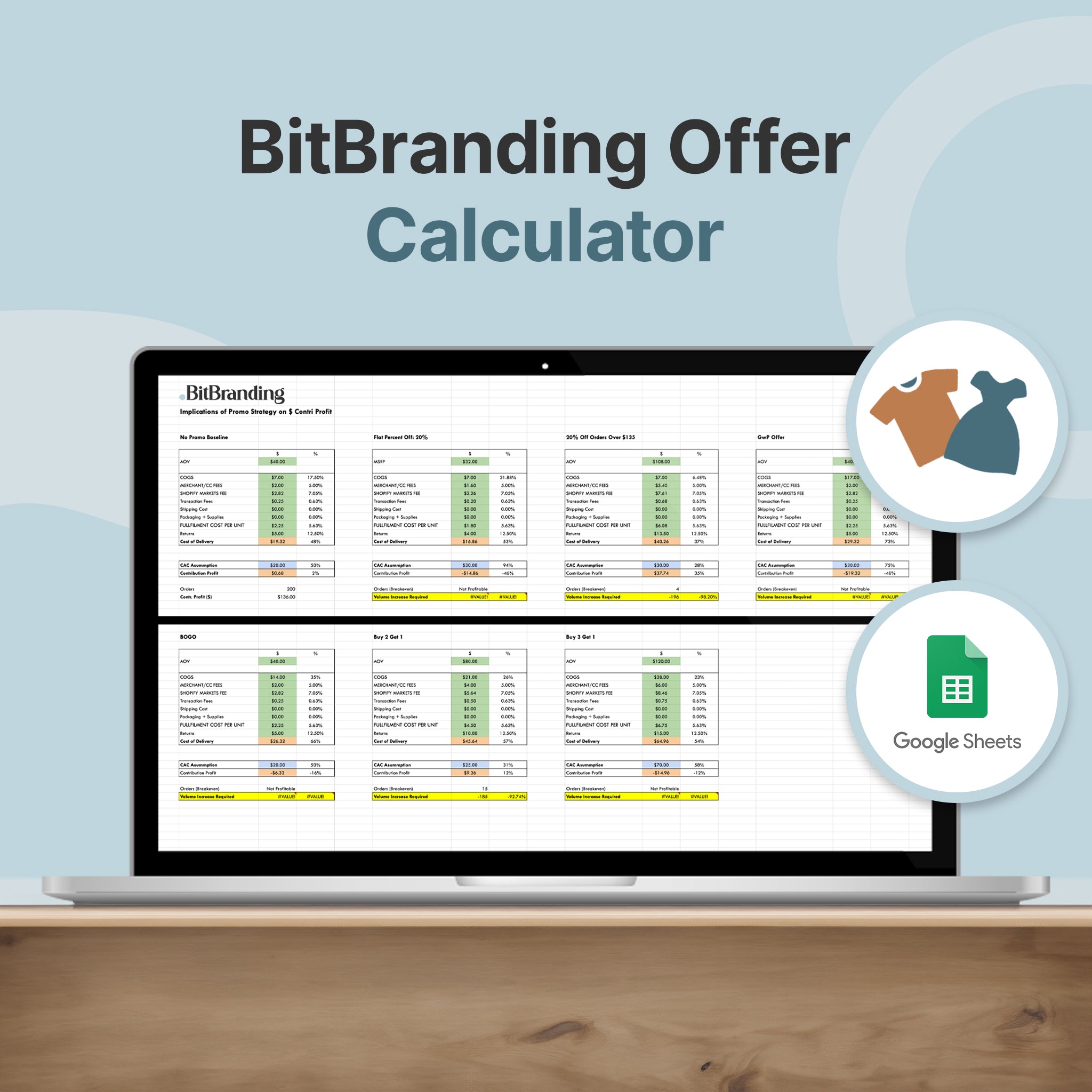


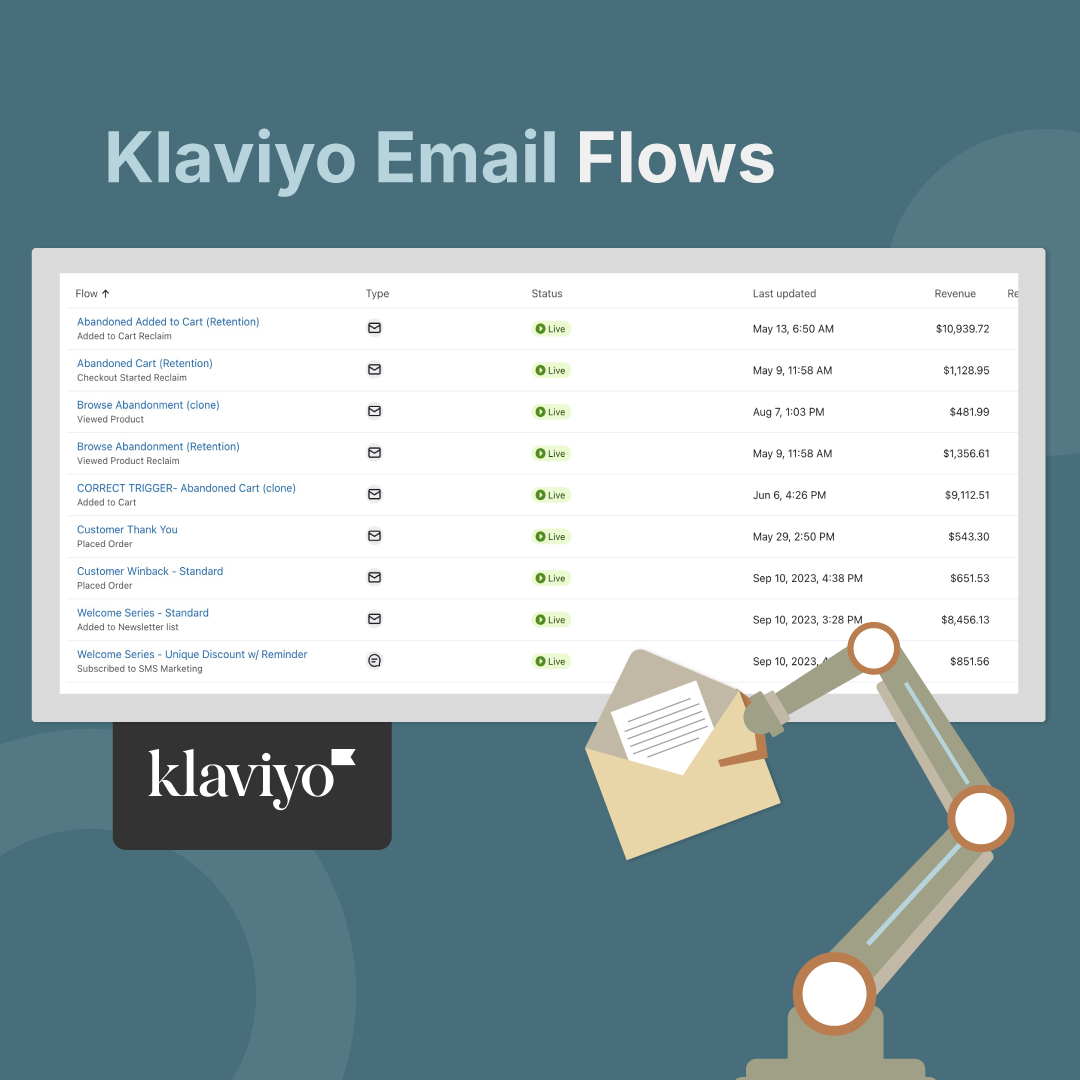
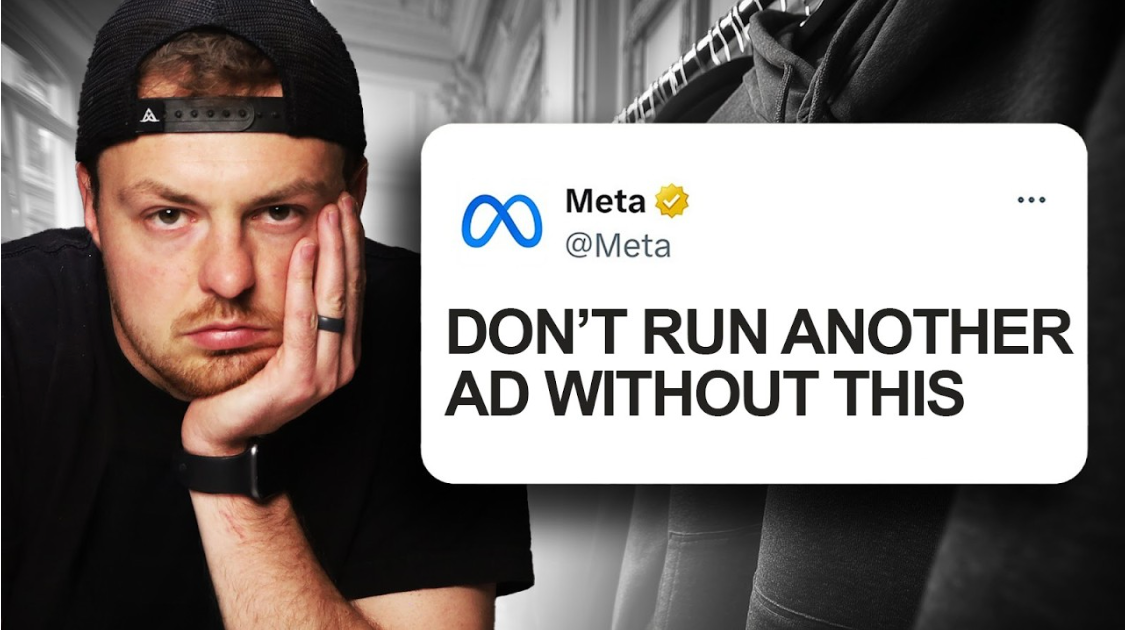
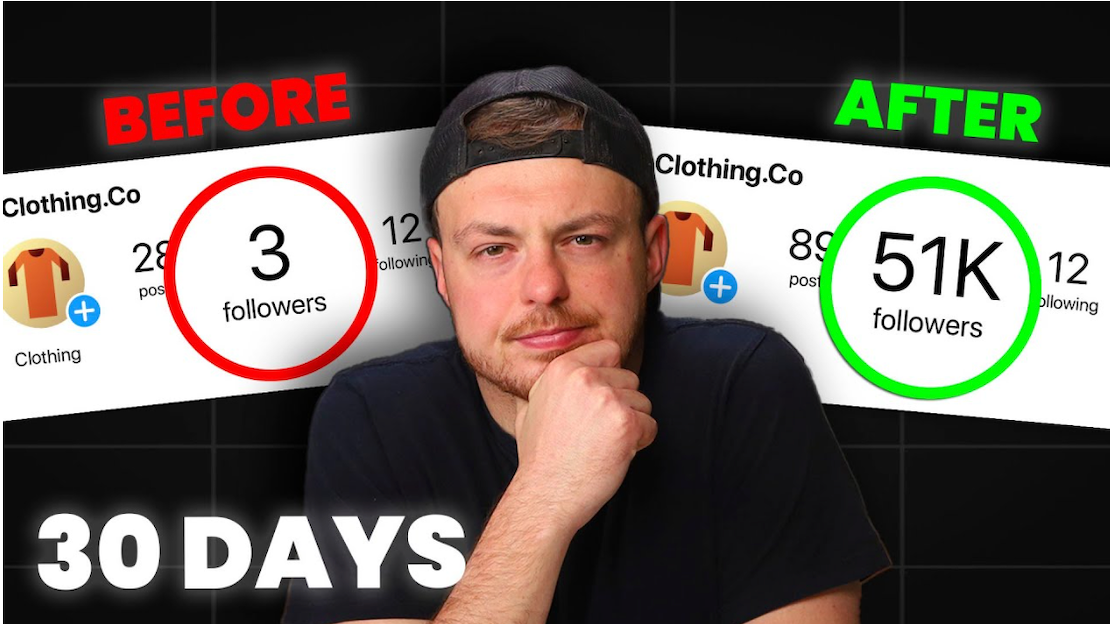
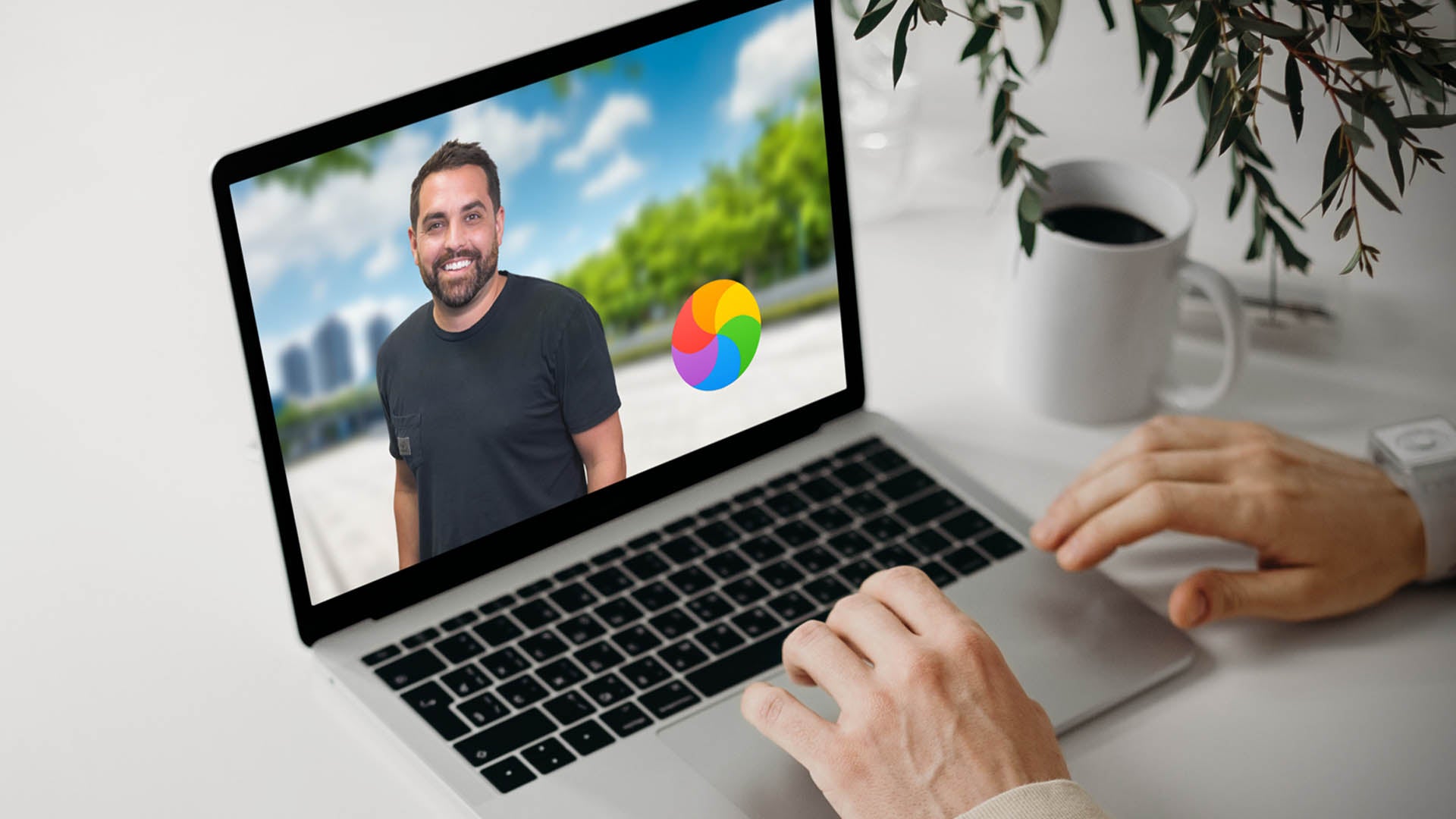
Share:
How To Use Instagram Reels for Clothing Brands
5 Tips to Perfect Your Clothing Boutique Ecommerce Marketing Strategy